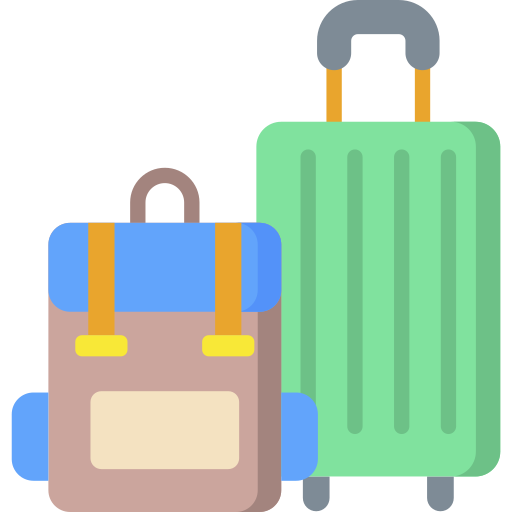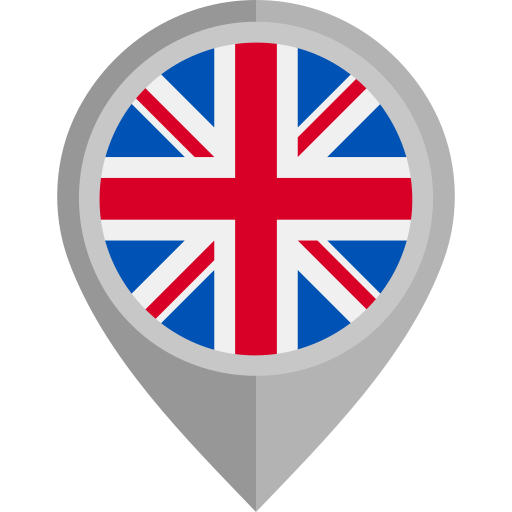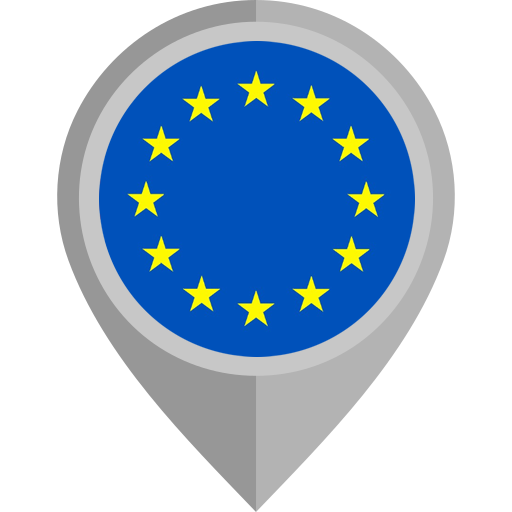Grey Matters
CANADA

Grey Matters
We focus on
efficiency
Location
Canada consists of all of the North American continent north of the United States except Alaska and the small French islands of St. Pierre and Miquelon.
Major Industries
Agriculture, Energy, Technology, Services and Manufacturing.
TOP 10 RESONS WHY YOU SHOULD GO TO CANADA
- The United Nations ranked Canada as the best among 173 countries to live in.
- You can enjoy Canada’s breathtaking natural beauty and four distinct seasons.
- Canada’s education system is excellent; it is subject to strict government standards.
- It is multicultural society, where customs and traditions are respected and valued.
- Degrees earned at Canadian colleges and universities are internationally recognized.
- Canada is stable, safe and peaceful.
- Sport and cultural activities are accessible and affordable everywhere, year-round.
- The Canadian health care system is among the best in the world.
- Canadian cities are remarkably clean and environmentally friendly.
- As a bilingual; and multicultural society, Canada is a world leader in second language training programs.
Facts
- Capital City: Ottawa, Ontario
- National Emblem: Maple Leaf
- Population: In 2004, the population of Canada was estimated to have exceeded 32 million. However, Canadians are spread over a large geographic land mass, giving Canada one of the smallest population density rations in the world, at 3.1 persons per square kilometre.
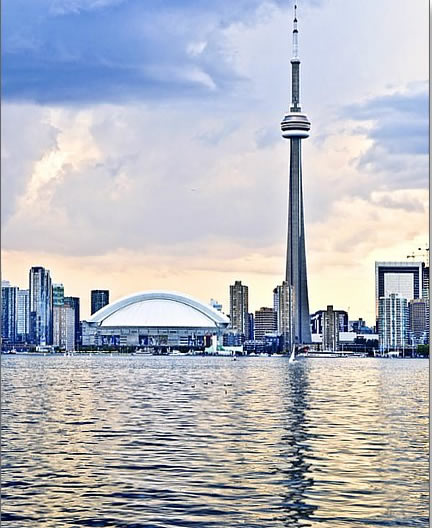
Why Study in Canada
- Welcoming Atmosphere: Canada is a country of immigrants and has both a tradition and policy of encouraging cultural diversity.
- High Standard of Living: For several years, a United Nations (UN) survey has found Canada to be among the top three places in the world to live, with Canada ranking first for seven years.
UNIVERSITIES
Canada has a large selection of universities located in both urban and rural settings in every region of the country. Canadian universities are internationally known for their high quality of teaching and research. Canadian universities are largely publicly funded.
UNIVERSITY COLLEGES
University colleges combine Canadian university and college traditions, with a strong base of applied and academic programs offered in campus environments. As the name suggests, a university college offers academically oriented university degrees, as well as more practically oriented college diploma and certificate programs.
Student can expect to find a wide range of program choices at university colleges, including English as a Second Language (ESL) programs. They may also offer combined degree/diploma programs and university transfer programs. As part of the Canadian college system, university colleges are distinguished by their strong student support services, small classes and strong campus environments.
COMMUNITY COLLEGES AND TECHNICAL INSTITUTES
The more than 175 post secondary institutions that are members of the Association of Canadian Community Colleges (ACCC) are officially known by a range of titles, including community college, technical institute, University College and CEGEP.
Community colleges have the primary function of responding to the training needs of business, industry and public service sectors. Eighteen of these institutions now grant degrees and applied degrees. Two-to-three-year (or shorter) college programs typically offer specific, vocationally oriented curricula, as well as general academic concentrations. Some Canadian colleges offer university transfer programs.
CAREER COLLEGE
Career colleges specialize in specific areas such as business, computers and secretarial skills. A technical/career college is privately owned and operated school with the main objective of preparing students for the job market after a short period of instruction. The emphasis at technical/career colleges is on practical skills development over a broad range of programs. Career colleges have highly competitive fee structures.
ESL/FSL PROGRAMS
As Canada has two official languages international students can come to Canada to study either English as a Second Language (ESL) or French as a Second Language (FSL). Over the years, Canada has developed considerable expertise in the teaching of ESL.
- Economy: Canada ranks among the 10 leading manufacturing nations in the world, and has also experienced tremendous growth in the high technology and services industries.
- MAJOR EXPORTS:Vehicles and automobile parts, machinery and equipment, high-technology products, oil, natural gas, metals, and forest and farm products.
- MAJOR IMPORTS: Machinery and industrial equipment, including communications and electronic equipment, vehicles and automobiles parts, industrial materials (metal ores, iron and steel, precious metals, chemicals, plastics, cotton, wool and other textiles) and manufactured products and food.
- A High-Technology Country: Canada is an international leader in computer and information technologies and has a reputation for excellence in such sectors as telecommunications, transportation, engineering, specifically in aerospace engineering, urban transport, microelectronics, medical devices, advanced software, hydroelectric and nuclear power, lasers and optoelectronics, biotechnology, food and beverage processing, geomatics and in ocean and environmental industries.
- Beautiful environment: Students who come to Canada will witness one of the most beautiful, natural environments in the world. Home to an incredibly diverse geography, Canada’s great outdoors offer much to experience: the lush rainforests of the west coast, the majestic Rocky Mountains, the big skies of the prairies, the “maple sugar country” in the Great Lakes and St. Lawrence regions, and the rugged hills and picturesque coastlines of the Atlantic provinces.
- Climate: four distinct seasons: spring, summer, fall and winter. Daytime summer temperatures can reach 35*C or higher, while lows of -25*C are not uncommon in winter in some parts of the country.
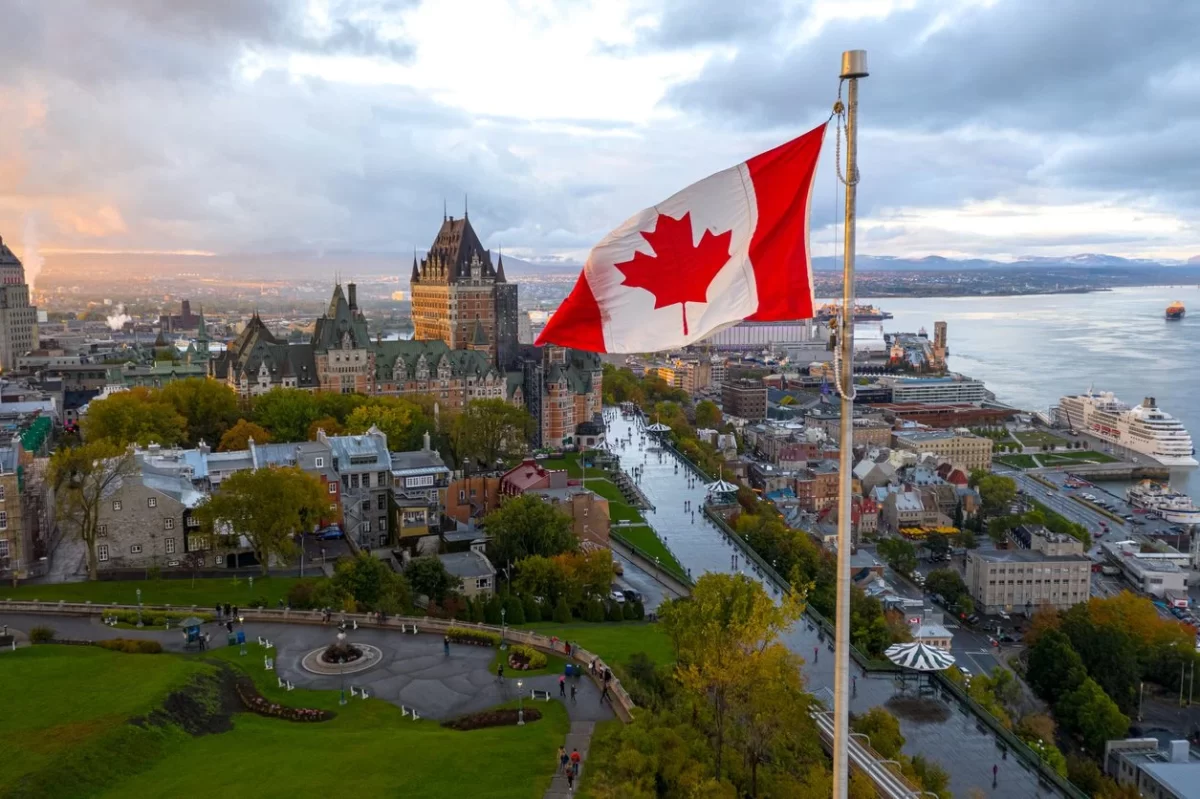
The PROVISION AND TERRITORIES
British Columbia – Capital City: Victoria
British Columbia (BC) is Canada’s westernmost province and one of North America’s most mountainous regions.
Vancouver, the largest dry cargo port on the Pacific coast of North America, is home to more than 2 million people, which makes it the third largest Canadian city. In addition, more than 60,000 BC residents are from India and 16,000 are from Japan. Visitors will find innumerable places to hike, camp, ski, snowboard, cycle, swim, sail, kayak, rock climb or river raft throughout the province of British Columbia.
Alberta – Capital City: Edmonton
Alberta is the second westernmost province, next to BC. It has an area of over 600,000 square kilometres. Alberta is bordered to the east by the province of Saskatchewan, to the west by the Rocky Mountains and British Columbia, to the north by the North West Territories and to the south by the state of Montana in the United States. Alberta is noted for its world-famous Calgary Exhibition and Stampede. For some serious shopping in Alberta, you can visit the West Edmonton Mall, which is the largest mall in Canada.
Saskatchewan – Capital city: Regina
Saskatchewan is dubbed the “bread basket” of Canada and is famous for its prairies and wheat fields. Located in the western part of Canada, Saskatchewan is bordered by Manitoba, Alberta, the Northwest Territories and the United States. The province is almost rectangular in shape and is 651,900 square kilometres in area. Saskatchewan is also known as a vast food-growing region in the warmer months.
Manitoba – Capital City: Winnipeg
With an economy based on minerals and agriculture, Manitoba is one of the three Prairie Provinces and is located in the centre of Canada, bordered by Ontario, Saskatchewan, the Nunavut Territory, Hudson Bay and the United States.
Ontario – Capital City: Toronto
Canada’s industrial and financial centre, Ontario is home to the world-famous Niagara Falls; Canada’s capital, Ottawa.
Quebec – Capital City: Quebec City
Quebec has an area three times that of France and seven times that of Great Britain, making it the largest of Canada’s provinces. Quebec is bordered by Ontario, New Brunswick. While in Quebec, you should’t miss the biggest winter festival in the world, Carnival, celebrated annually in the provincial capital of Quebec City, and famous for its Bonhomme mascot and ice castles.
Newfoundland & Labrador – Capital City: St. John’s
This province consists of two distinct geographical entities: Newfoundland, the island, and Labrador the mainland portion of the province. St. John’s the historic commercial centre and the capital of Newfoundland & Labrador, is the province’s largest city, with a population of approximately 173,000.<.p>
New Brunswick – Capital City: Fredericton
New Brunswick is a seaside province in eastern Canada with a diverse and fascinating cultural heritage. It borders Nova Scotia, Quebec and the US state of Maine, and is rich in natural resources.
Prince Edward Island – Capital City: Charlottetown
Prince Edward Island is just 280 kilometres from tip to tip and so it is quite possible to explore every nook and cranny of this historic island. Rich soil and a temperate climate make PEI and ideal place for mixed farming. It is renowned for its red soil, sand dunes and 800 kilometres of beaches.
Nova Scotia – Capital City: Halifax
Nova Scotia’s 580 – kilometre peninsula is surrounded by four bodies of water: the Atlantic Ocean, the Bay of Fundy, the Northumberland Strait and the Gulf of St. Lawrence. Its geographic location, together with large, ice-free, deep-water harbours, has been a key factor in the province’s economic development.
Yukon Territory – Capital City: Whitehorse
Located in the northwest corner of Canada and bordering Alaska, the Yukon Territory is fairly large in area (483,450 square kilometres)., yet only 31,000 people call it home. Its capital, Whitehorse, is home to 60 per cent of this population.
Northwest Territories – Capital City: Yellowknife
The Northwest Territories is bordered by the Beaufort Sea to the north, the prairies to the south, the Yukon to the west and the new territory of Nunavut to the east. During the summer months the sun seldom sets and there is almost continuous daylight, while winter sees almost complete darkness.
Nunavut – Capital City: Iqaluit
The establishment of Nunavut, which means “our land” in Inuktitut, represents a landmark event in the history of Inuit and Canada. On April 1, 1990, Nunavut became Canada’s newest territory, encompassing the central and eastern Arctic regions – nearly one-fifth of Canada’s land mass. Originally part of the Northwest Territories, Nunavut’s creation was first proposed in the mid-1970s as part of the Inuit land claim
Grey Matters
Grey Matters is known for its professionalism.











